7 ways you didn’t know you could use hydrogen peroxide
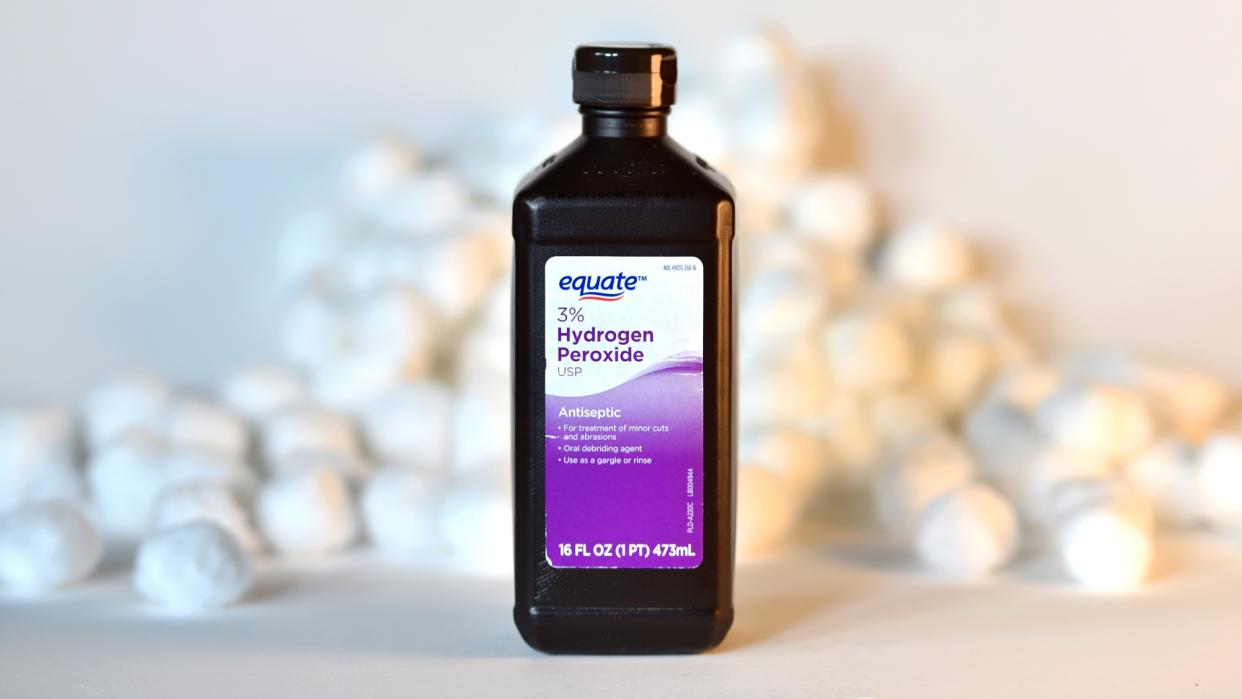
Hydrogen Peroxide in its simplest form is essentially water, but with one key difference, it’s got an extra oxygen molecule. And this seemingly simple addition changes its properties quite drastically. So instead of being a slightly more oxygenated version of water, it becomes an antiseptic and bleaching agent that can, in higher concentrations, become quite toxic.
The hydrogen peroxide you can buy from the store is usually medical-grade and while it used to be a familiar sight in medicine cabinets, it’s no longer recommended for cleaning wounds, because we now know that it can irritate the skin, which doesn’t promote healing.
But it’s still worth keeping a bottle of it handy. Hydrogen peroxide is a great cleaning and disinfecting product, and there are numerous uses for it around the home. Plus, it’s biodegradable and has no odor, so you won’t have to put up with any strong chemical aromas lingering after you’ve cleaned. Read on to find out the best ways to use hydrogen peroxide.
And while you’re here, make sure you read about the 7 things you should never disinfect around your home.
Hydrogen peroxide is sold at various dilution levels. The most common is 3% and that’s what we’re referring to in these tips.
1. Disinfect and kill germs in your kitchen
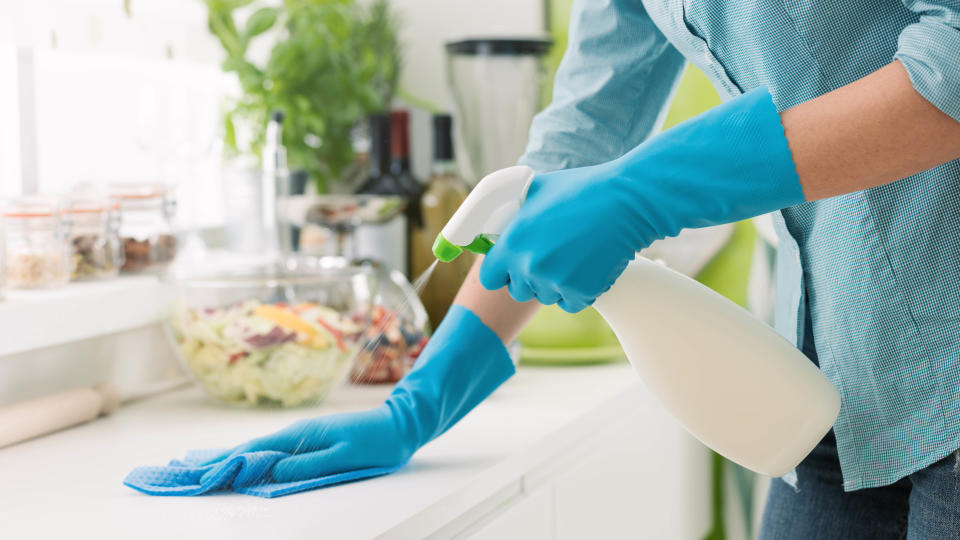
Keep a spray bottle filled with a 50/50 solution of hydrogen peroxide and water. Make sure you clean first to get rid of any muck and grime. Then you can spray your solution onto most surfaces in your kitchen to disinfect and sanitize them.
It’s perfect for use on cutting boards, which can be a breeding ground for bacteria, but be sure to rinse them before using. However, other surfaces that don’t come into direct contact with food, including counters, sinks, faucets and trash cans, needn’t be rinsed. Simply leave them to air dry.
You can even use the hydrogen peroxide mixture inside your refrigerator, but to avoid spraying it on food, spray it onto a cloth or sponge first then wipe the inside of your fridge.
If you’re tackling a particularly grimy area, you can use 3% hydrogen peroxide without diluting, leave it to disinfect the surface for 5 minutes and wipe over the area with a clean damp cloth afterwards to remove any residues.
2. Wash fresh produce
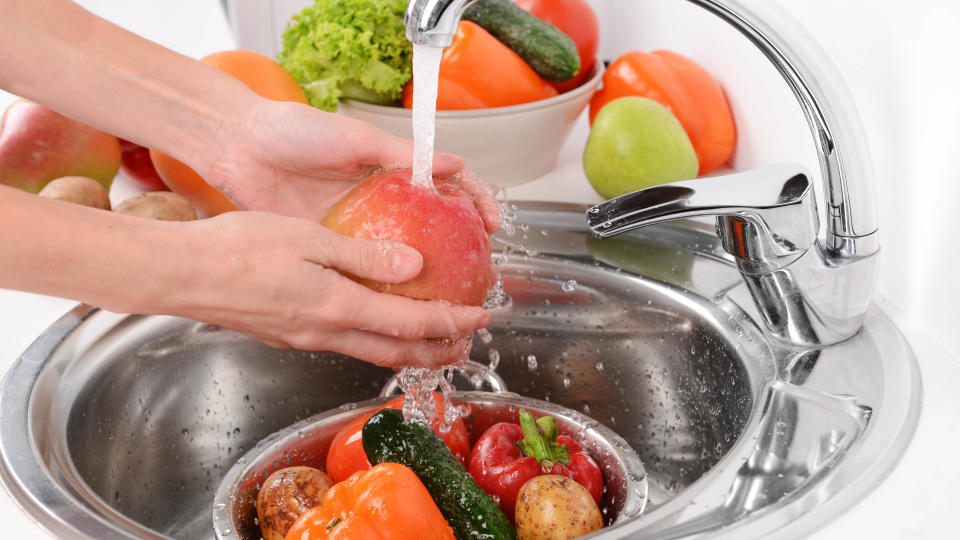
If you grow your own fruits and vegetables or you buy from a farmer or farmers market and your produce is often still covered in dirt, it’s a great idea to give it a thorough clean when you bring it into your kitchen.
Thankfully, hydrogen peroxide is safe for use on food. To get rid of any bugs or germs, fill your clean sink with fresh water and add ¼ - ½ cup of hydrogen peroxide. Wash the fruit or vegetables in the water, rinse thoroughly and allow to dry before storing. For harder vegetables you can soak for 20-30 minutes, but don’t soak softer fruits like berries, because they can take on water and turn mushy.
If you don’t yet grow your own, start small with these 10 vegetables you can grow in pots.
3. Stain removal
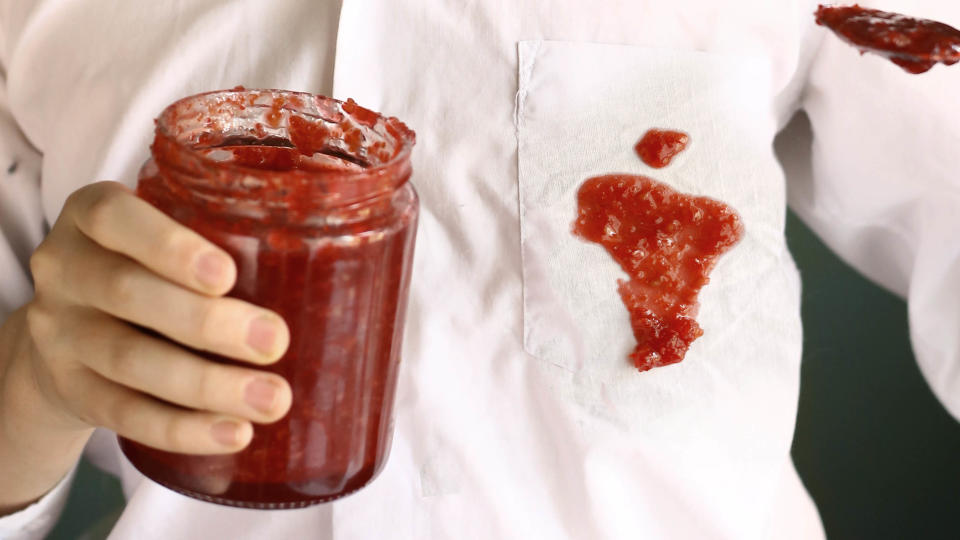
Hydrogen peroxide is a mild bleaching agent so before using it on any fabrics, always test a small amount in an inconspicuous area to check that it doesn’t discolor the fabric. If in doubt, only use it on whites and light fabrics.
To remove stains such as blood, grass and fruit juice, spray undiluted 3% hydrogen peroxide onto the stain, work it in and rinse once the stain has been removed, then launder as usual.
To brighten whites, soak in a bucket of water with a cup of hydrogen peroxide, or add it to the bleach compartment in your washer. But it’s best to avoid using it on delicates.
4. Sanitize beauty and mouth care tools
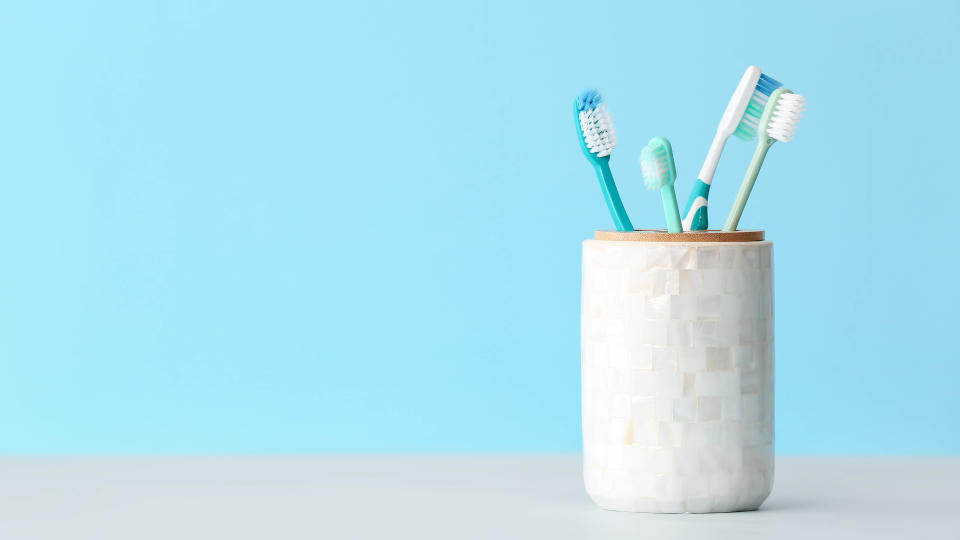
Soak toothbrushes and mouth guards for around 5 minutes in undiluted 3% hydrogen peroxide to sanitize them, be sure to rinse thoroughly to remove all of the hydrogen peroxide before using again.
Wipe beauty tools like tweezers, nail scissors, nail clippers and eyelash curlers with hydrogen peroxide, to rid them of bacteria and germs.
And while you’re cleaning all your beauty tools, here’s how to clean make-up brushes, too.
5. Whiten nails
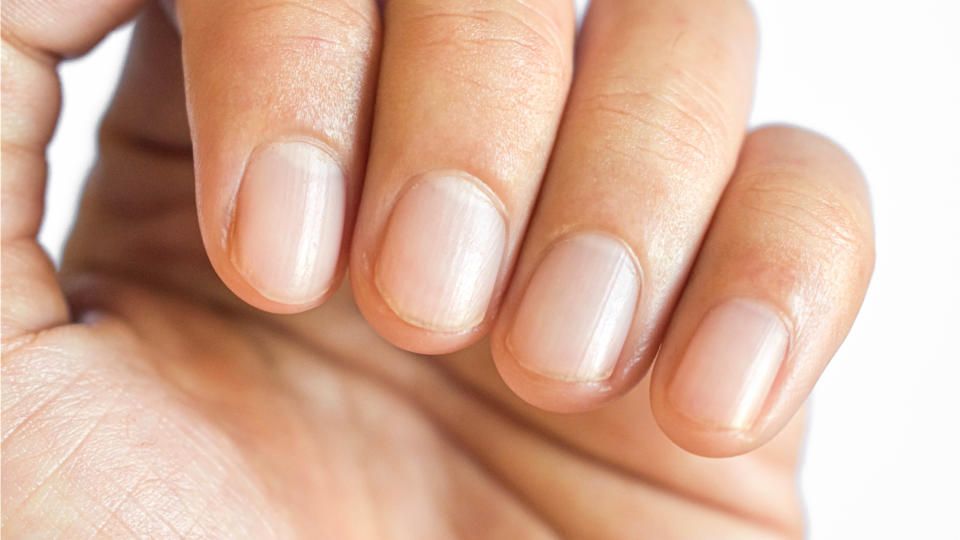
Let’s face it, stained or yellowed fingernails are not a good look. But by soaking your nails in a small bowl of water with 3 tablespoons of hydrogen peroxide, they’ll be bright and lightened in as little as 2-5 minutes.
Afterwards, you can buff your nails to bring back a shine and then it’s a good idea to moisturize with a good hand and nail cream. Next time you use a bright colored nail polish, try using a base coat first to help prevent staining.
Check out our tips on removing gel nail polish.
6. Clean children's and pet's toys
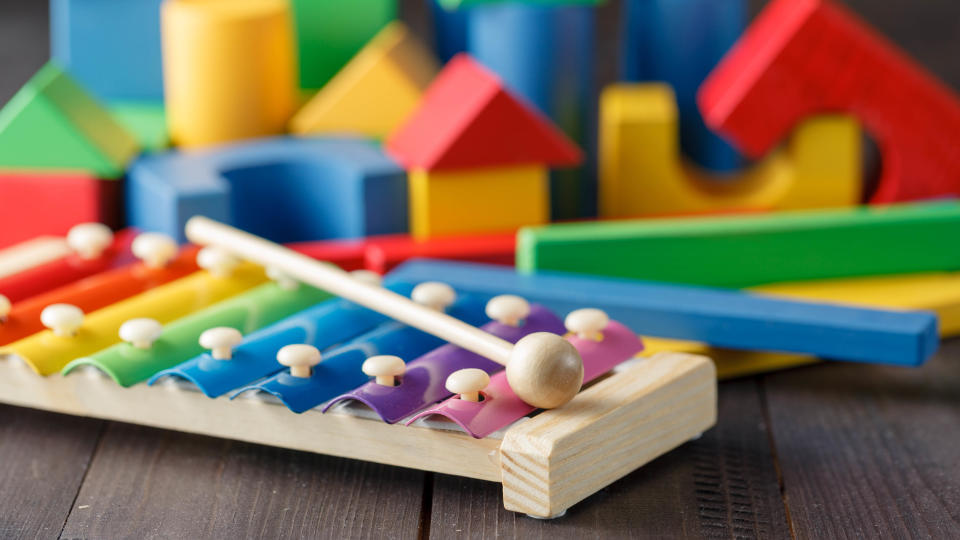
It’s not only pets' toys that can become grubby and smelly. Muck and grime can easily build up on childrens toys, too, and they will quickly become a breeding ground for bacteria. So don’t forget about these items when disinfecting your home, especially if your child is very young and still prone to putting everything in their mouth.
Fill a spray bottle with a 50/50 mix of hydrogen peroxide and water, spritz the toy and give it a good wipe to make sure you disinfect all the crevices. Then rinse if possible, or for more intricate toys or those with batteries, that could be damaged by a rinse, wipe over again with a clean damp cloth or sponge.
Here’s how to clean a dog bed and why not brush up on the best ways to stay on top of pet hair.
7. Disinfect and clean your bathroom
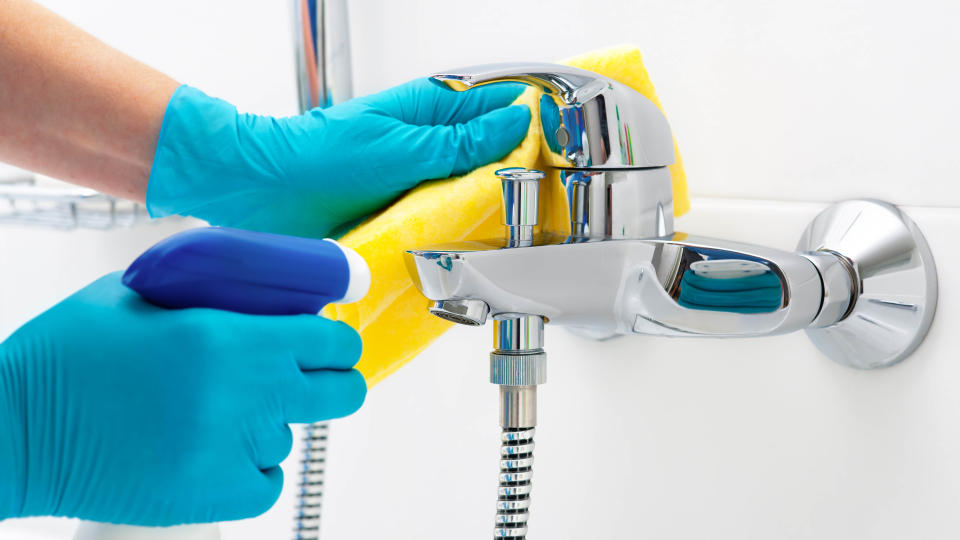
Most areas of your bathroom, including sinks, showers and bathtubs can be sanitized using a 50/50 mix of hydrogen peroxide and water in a spray bottle. There’s no need to rinse, just spritz it over after cleaning and leave it to air dry.
Half a cup of hydrogen peroxide tipped into your toilet will clean and sanitize it, simply leave it for around 30 minutes to work its magic before giving the toilet bowl a good scrub with your toilet brush.
To whiten tile grout as well as to kill bacteria, mold, and fungus at the same time, make a paste with hydrogen peroxide and baking soda. Apply it to your grout and after 5 minutes rinse it away. Stubborn marks may need a gentle scrub or a repeat application to be completely removed.
Read these 7 bathroom cleaning mistakes you could be making.
How to store hydrogen peroxide
Hydrogen peroxide will break down into water if it’s exposed to heat or light. So store it in a cool dark place and when diluting, or transferring to a spray bottle, choose a dark brown bottle to protect it from light exposure. If your hydrogen peroxide no longer has a fizz, it’s probably broken down and you’ll need to ditch it and get a new bottle. Always store out of reach of children.
For further cleaning tips, here’s how to make your own DIY cleaning products and how to clean every room of your home.

